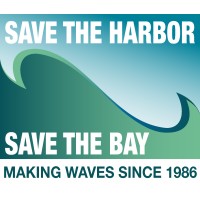
National Center for Science Education
NCSE promotes and defends accurate and effective science education, because everyone deserves to engage with the evidence. For over 40 years the National Center for Science Education (NCSE) has worked to ensure evidence-based science is taught in public school science classrooms. Focused initially on preventing creationism from being taught alongside or instead of evolution, the organization added climate change to its mission in 2012 when it became clear that politicization of the topic was affecting how it was being taught. NCSE is unique in its recognition that societally, but not scientifically, controversial topics are challenging to teach. For these topics, accuracy alone is not enough to change minds. NCSE helps train teachers and community volunteers in proven approaches that are effective in helping learners overcome even deeply held misconceptions. NCSE played a key role in several crucial legal battles that affirmed teaching creationism in public schools is unconstitutional and continues to help local communities block legislation and other efforts allowing or encouraging teachers to miseducate students on these critical topics.






